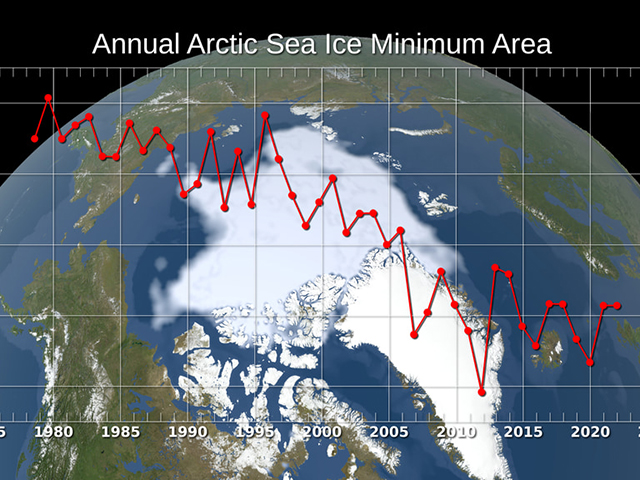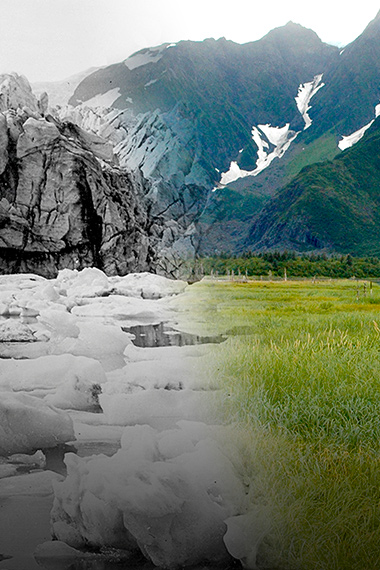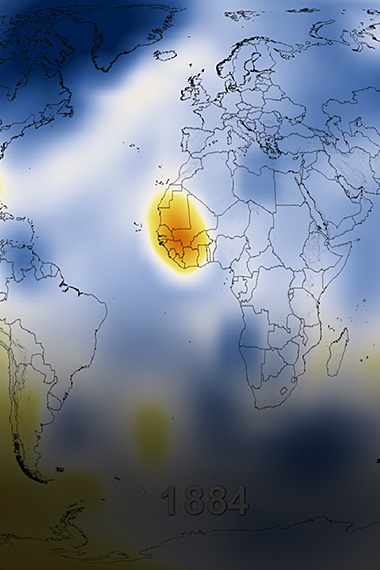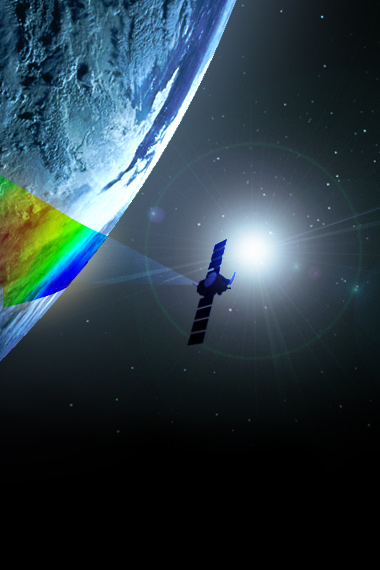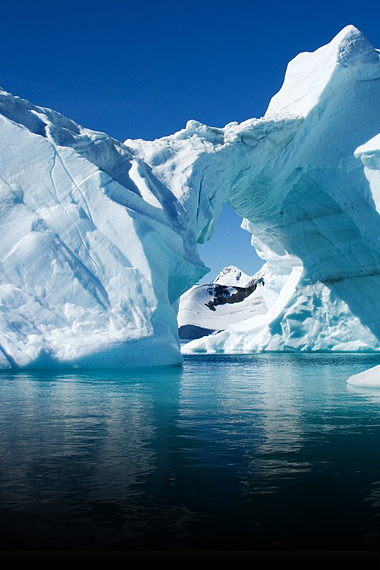MULTIMEDIA
Video: Global Ocean Tides
February 24, 2021
Ocean tides are not simple. If our planet had no continents, tides would be hemispheric-sized bulges of water moving westward with the moon and sun. This animation shows the tides as a complex system of rotating and trapped waves with a mixture of frequencies. Waves run relatively unimpeded westward only around Antarctica. Even there, we see a complicated pattern as waves merge from the north and others separate northwards or southwards under Antarctic ice shelves.
In the North Atlantic, we see waves mainly rotating anti-clockwise, with small amplitudes in the middle of the ocean and high amplitudes around the boundaries, especially along the coasts of northwest Europe and Britain. Waves are trapped and rotating around New Zealand, causing a high tide on one side of the islands with a simultaneous low tide on the other side.
The Topex/Poseidon and Jason satellite altimeter missions were designed to observe and record this complexity. Altimeters on these missions acted as flying tide gauges. After several years collecting data, researchers could analyze the signals at each ocean location to determine the tidal characteristics. With that knowledge, plus near-perfect knowledge of the motion of the Sun and Moon, the tide can be predicted at any location and at any time in the future.
The data used in this visualization run for slightly longer than one Earth day. The level of the tides is exaggerated in order to show how the tides vary around the world.
The video's complete transcript is available here.























